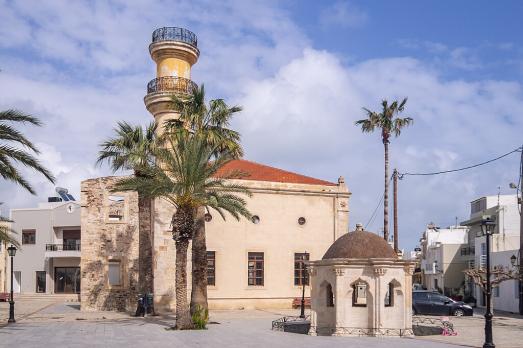
Ierapetra Mosque
Ierapetra, GR
The Mosque of Ierapetra, also known as Hamidiye Mosque, was built at the end of the 19th century.
Here you can search for a building to visit. You can use the map find destinations, or you can use the filters to search for a building based upon what different criteria.

Ierapetra, GR
The Mosque of Ierapetra, also known as Hamidiye Mosque, was built at the end of the 19th century.
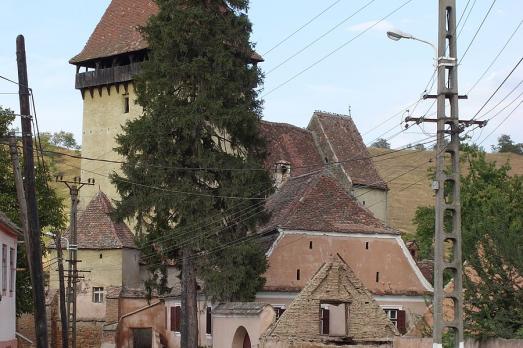
Ighișu Nou, RO
The fortified church in Ighişu Nou was built in the 14th/15th century as a hall tower-less Gothic church with narrow chancel. The chancel was heightened in the late 15th century with an additional defence level. A tower was constructed in the front hall, with the staircase built in the thickness of its walls. The small octagonal stair tower on the northern side has been built only later. Similar to many churches in the Mediaş area, this one also preserves some very valuable stone masonry: blooming roses on the impost of the tracery on the chancel windows and a very rich ornamentation on the profiled western portal. The massive western tower still maintains its original hip roof and the wooden defence level. The church is surrounded by a complete defence wall with the remains of a fortified granary on the north side, as well as a horseshoe-shaped bastion on the southern side, which closes the narrow outer bailey.
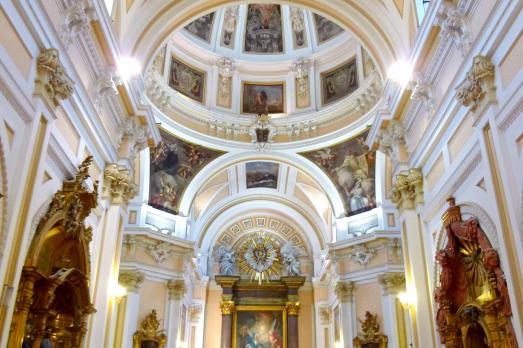
Madrid, ES
The Arzobispal Castrense church was designed by the architect Juan Gómez Mora in the year 1615. The construction of the church began in 1671, half a century after the convent was founded; 73 years was spent in its construction, ending in 1744. The church is now commonly referred to as the Armed Forces Army Cathedral.
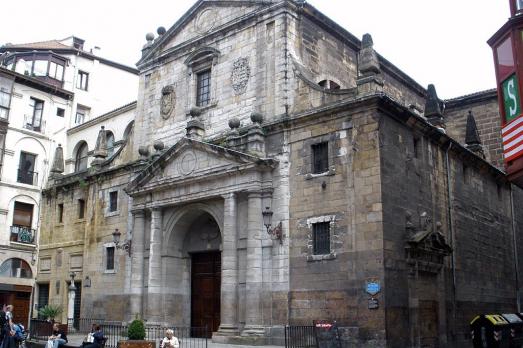
Bilbao, ES
The Santos Juanes church is a 17th century Baroque style church. Until the 18th century was the church of San Andrés College, ruled by the Jesuits. The building is a listed heritage since 1984.
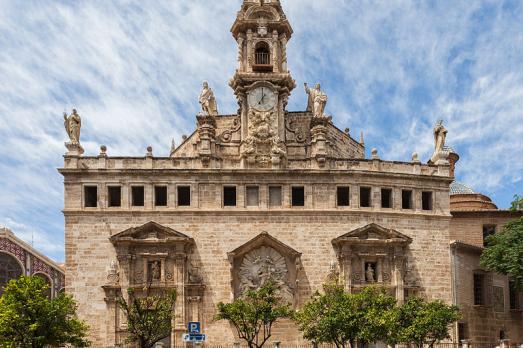
Valencia, ES
The royal parish of Santos Juanes, or "Church of San Juan del Mercado", has been a National Artistic Monument since 1947. Its origin dates back to 1240, when a church was built on a mosque. The building was then refurbished in the 17th and 18th centuries.
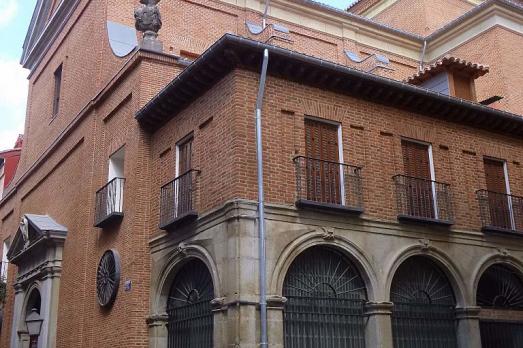
Madrid, ES
The church of Nuestra Señora de las Maravillas was part of the former Carmelite monastery of San Antón, built in the 17th century. In the 18th century, the church underwent an important renovation, according to the neoclassical canons that prevailed at the time. Much of the Baroque decoration of the interior was removed, a new main altarpiece was installed and the main façade, described above, was remodelled.
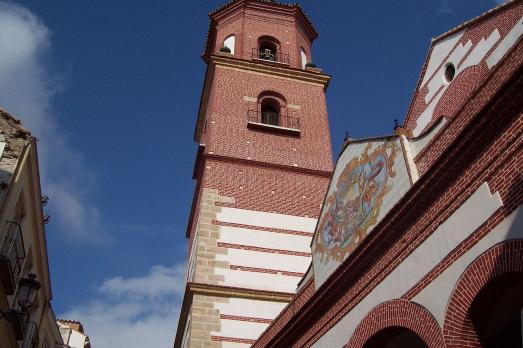
Málaga , ES
The Church of the Holy Martyrs is one of four churches erected after the Castilian conquest in 1487. It has undergone several restructurings that have modified its original Gothic-Mudejar style, including Rococo elements of the eighteenth century.
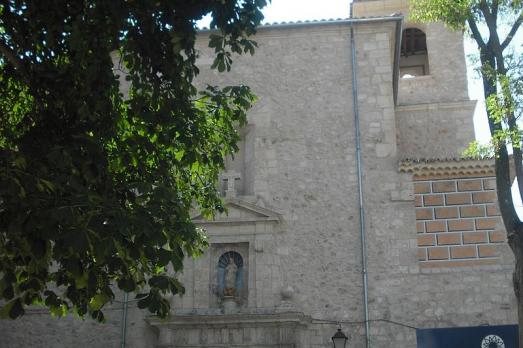
Cuenca, ES
The church of San Andrés de Cuenca was built in the 16th century under the direction of the architect Pedro de Alviz, assisted by the master mason Sebastián de Arnani. The work was interrupted for a long period until, at the end of the 16th century, Juanes de Mendizábal and his son-in-law, Pedro de Aguirre, resumed the work. The deep crisis that occurred in Cuenca in the first half of the 17th century had a negative effect on the work, which was not resumed until the end of the 17th century. In 1936, the temple suffered serious damage and after the civil war, it was given to the brotherhoods to house their processional floats. The church is now deconsecrated.
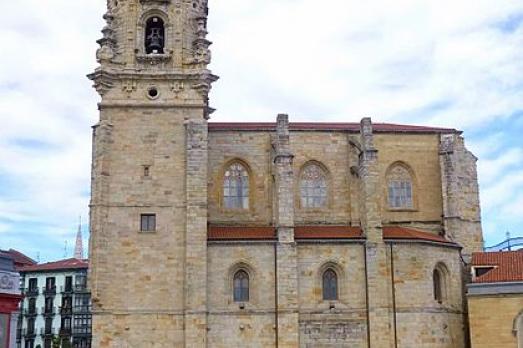
Bilbao, ES
The church of San Antón is a Gothic catholic church of the late fifteenth century. Listed monument, it is a symbol of Bilbao to the point of appearing on its coat of arms.
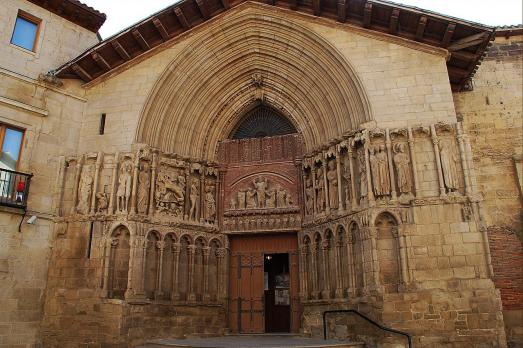
Logroño, ES
The church of Saint Bartholomew, which dates back to the 12th century, is the oldest church in the town of Logroño. It preserves part of the Romanesque style, in the choir and in the initial part of the tower, and was built during the 13th century, with the development of the Gothic style, with the construction of the magnificent Gothic portal from the 14th century, which contains some Romanesque sculptures that tell the story of the life of the saint and other passages from the Bible.

new
The Chassidic Route is a cultural and historical trail tracing the rich legacy of Jewish communities in southeastern Poland and western Ukraine. This region was central to the rise of Chassidism in the 18th century. Here, we highlight 10 remarkable synagogues you’ll discover along this route.

he cradle of the Industrial Revolution in Germany, Chemnitz, is well-known for its industrial heritage landscape, but the city is also home to remarkable examples of religious architecture from different historical periods. Join us as we explore the key landmarks of this European Capital of Culture 2025.

The twin towns of Nova Gorica (Slovenia) and Gorizia (Italy), lying on the border between the two countries, have a rich religious heritage, steeped in centuries of tradition. If you are looking for ideas for your visit, take note of these 10 religious sites that you should not miss.